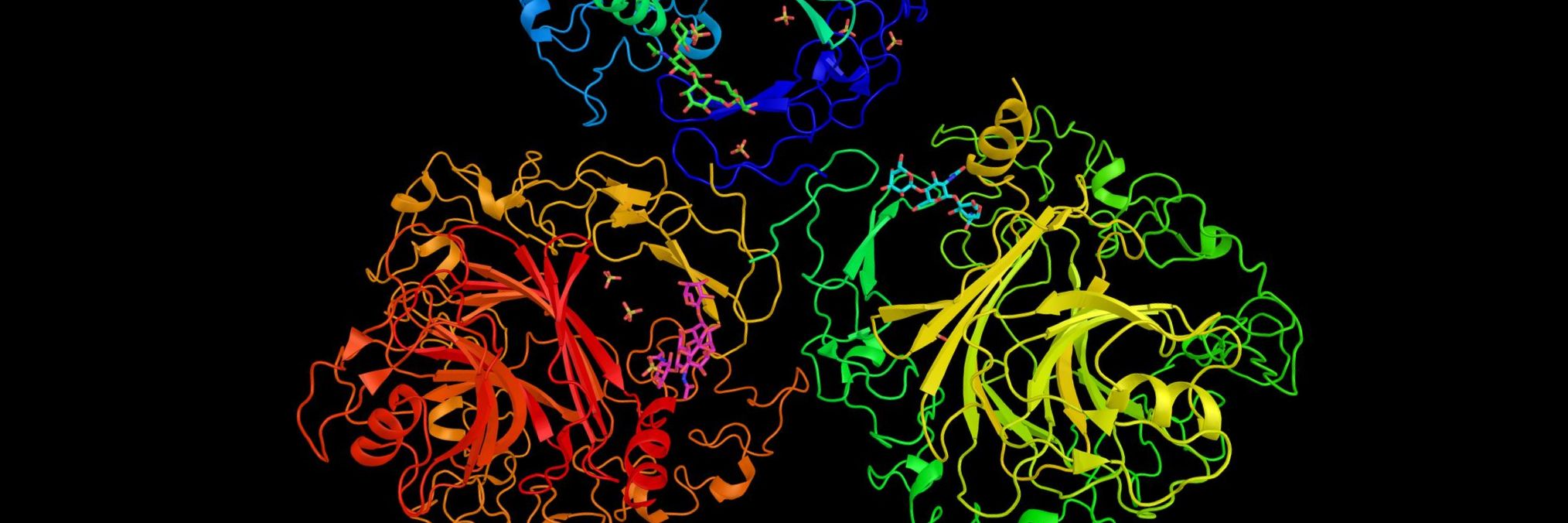Novel therapeutics have significantly improved the survival and quality of life of patients with malignancies in this century. Versatile precision diagnostic data were used to formulate personalized therapeutic strategies for patients. However, the cost of extensive information is increased consumption of the specimen, raising the challenges of effective specimen utilization, particularly in small biopsies. In this study, we proposed a tissue-processing cascaded protocol that obtains three-dimensional (3D) protein expression spatial distribution and mutation analysis from an identical specimen. In order to reuse the thick section tissue evaluated after 3D pathology technique, we designed a novel high-flatness agarose-embedded method that could improve tissue utilization rate by 1.52 folds, whereas reduced the tissue processing time by 80% compared with the traditional paraffin-embedding method. In animal studies, we demonstrated that the protocol would not affect the results of DNA mutation analysis. Furthermore, we explored the utility of this approach in non-small cell lung cancer (NSCLC) because it is a compelling application for this innovation. We used 35 cases including seven cases of biopsy specimens of NSCLC to simulate future clinical application. The cascaded protocol consumed 150 micrometer-thickness of formalin-fixed, paraffin-embedded specimens, providing 3D histological and immunohistochemical information approximately 38 times the current paraffin-embedding protocol, and three rounds of DNA mutation analysis, offering both essential guidance for routine diagnostic evaluation and advanced information for precision medicine. Our designed integrated workflow provides an alternative way for pathological examination and paves the way for multidimensional tumor tissue assessment.Copyright © 2023. Published by Elsevier Inc.















